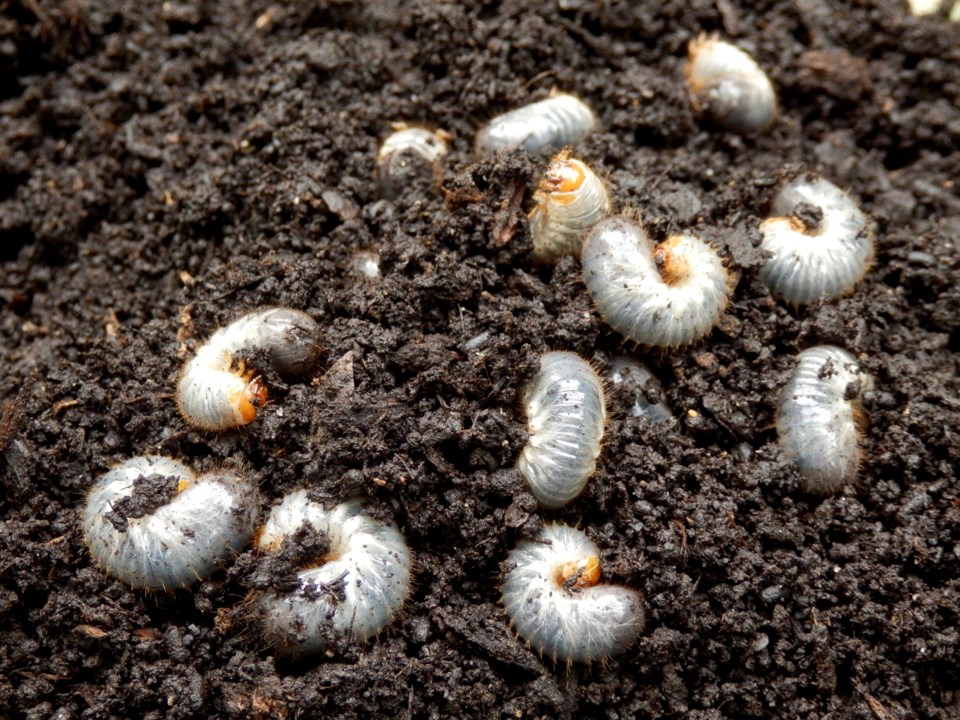It’s a nasty pest that can turn a nice lawn into a disaster. While 2015 was a particularly bad year for the European chafer beetle around Burnaby, this year is looking a little better.
The city recently completed an assessment of the impact of the chafer beetle and has concluded 2016 will be an improvement on 2015.
“Looking at it from the winter to now, based on the field observation and call rates, it is not as significant as last year,” said Deepak Dattani, Burnaby’s deputy director of engineering.
So far this year, the city received 76 calls from residents inquiring about the chafer beetle impact on their property, compared to 173 calls in 2015.
Dattani explained the tall fescue grass and clover planted in parts of the city have done well, and there are plans to expand the program in other public areas.
He also noted the city is also considering subsidizing nematodes, a microscopic groundworm that kills chafer grubs, and will be coming out with a plan for the public in the coming weeks.
According to the city’s website, nematodes actively infect and kill white grubs. Treatments are most effective if done in late July, after the chafer eggs have hatched and when the young grubs are most vulnerable to nematode attack.
The chafer beetle is a non-native invasive pest that feeds on grass roots, resulting in dead patches of grass on lawns. The larvae (also known as grubs) are a delicious treat for birds, skunks, raccoons and other animals that will dig up lawns to feed on grubs in the soil. The bug was first identified locally in New Westminster in 2001.
The expectation after last year’s dry summer was that the beetle impact would be worse.
The water restrictions forced the city in the middle of the summer to stop issuing permits that would allow nematode users to be exempt from the sprinkling ban.
Dattani said he’s not sure why damage from the impact from the beetle is down this year, noting the city wants to monitor this season and see if any conclusion can be drawn.
While 2015 may have seemed particularly bad for the beetle, it was only relative to recent years, according to Dattani.
The peak of the impact in Burnaby was actually back in 2004 and 2005, when the city received 323 calls and 173 calls, respectively.
For example, in 2006 there were just 67 calls.



